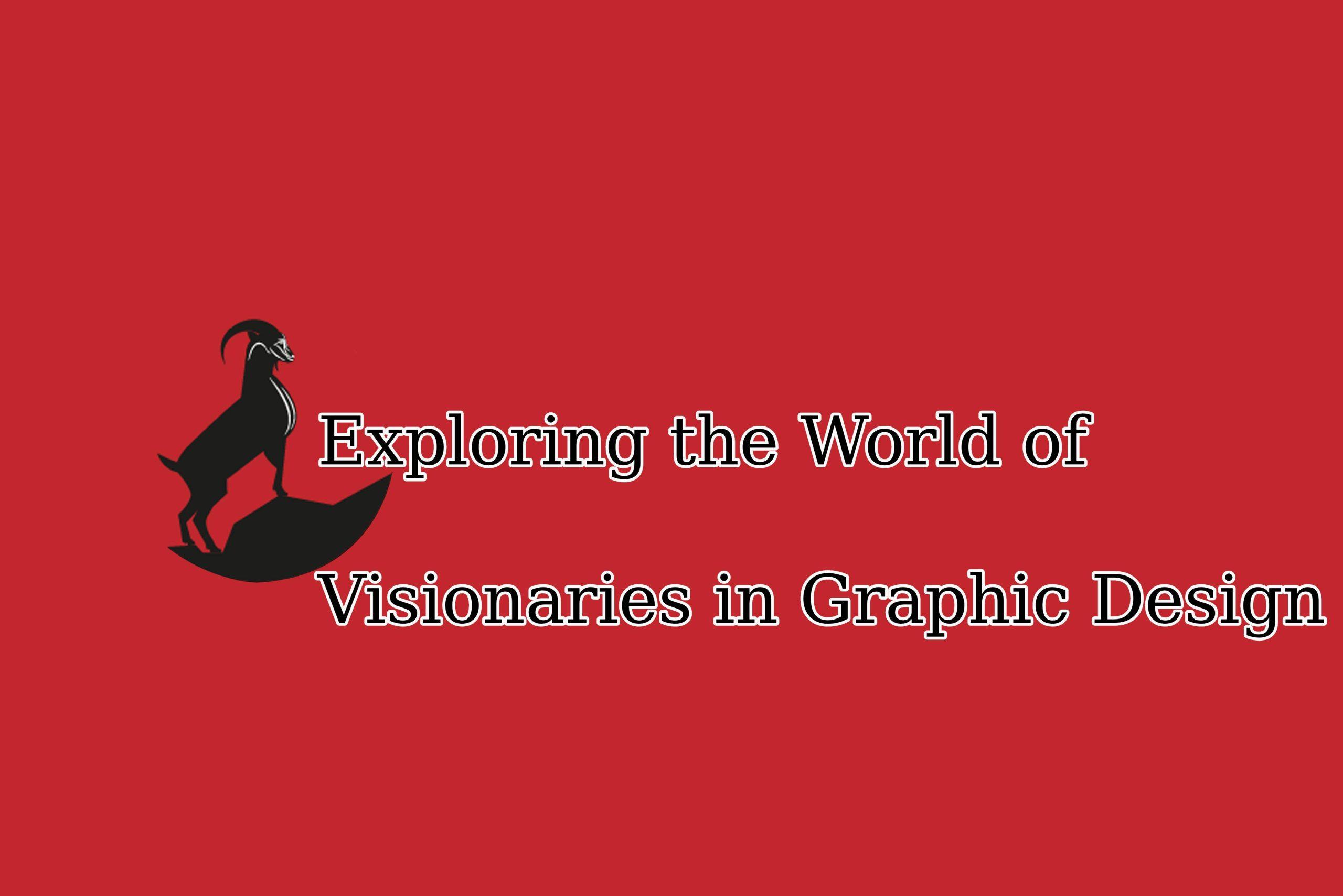
Exploring the World of Visionaries in Graphic Design. Graphic designers use their artistic talents to create visually appealing designs with endless creative possibilities. Their creations serve as conduits for messages, invoking deep-seated emotions and encapsulating the very essence of a brand. Yet, amid this dynamic journey of creativity, a pivotal facet emerges—copyright issues. In this comprehensive exposé, we delve into the intricacies of copyright in graphic design, providing invaluable insights to ensure one treads the path of legality with finesse.
Deciphering Copyright Fundamentals
Unraveling the Veil: What Constitutes Copyright?
Copyright, in its essence, is a legal paradigm that bestows upon the architects of original works, rights of exclusivity over their creations. Within the tapestry of graphic design, this umbrella spans an expansive spectrum, encompassing elements such as logos, illustrations, web graphics, and marketing paraphernalia.
The Relevance of Copyright: Why Does It Bear Significance in Graphic Design?
Copyright assumes paramount importance as it stands as a bulwark, safeguarding the intellectual property of graphic maestros. It ensures that their ingenuity remains untouched and unblemished, shielded from unauthorized usage or replication. Moreover, it affords a protective shield to clients, preserving them from the clutches of potential legal conundrums.
Voyaging through the Hazy Terrain
The Enigmatic Realm: Unearthing the Mysteries of Fair Use
Navigating copyright’s enigmatic labyrinth, one encounters the concept of ‘fair use.’ This intricate facet permits a circumscribed usage of copyrighted material sans the need for explicit consent from the proprietor. However, it resides within the realm of complexities, igniting fervent debates, especially in the context of transformative artistry.
Licensing and Permissions: The Crucial Imperative
To steer clear of the labyrinth of copyright infringements, graphic virtuosos are counseled to seek bona fide licensing and permissions when incorporating copyrighted constituents into their oeuvres. This encompasses fonts, stock imagery, and any auxiliary assets from third-party sources.
Averting Common Pitfalls
The Abyss of Oversight: The Peril of Ignoring Licensing Agreements
A recurrent pitfall frequented by many is the heedless use of assets, sans a comprehensive grasp or adherence to the stipulations enshrined within licensing agreements. A cardinal rule remains steadfast – always peruse and conform to the nuances of licensing stipulations.
The Merit of Attribution: The Overlooked Faux Pas
In the sphere of employing open-source or Creative Commons resources, an oft-overlooked faux pas emerges – the neglect of adequate attribution. Diligence is key in proffering credit where it is rightfully due.
Resolving the Queries: FAQs on Copyright
Can I manipulate copyrighted content extensively without legal repercussions?
Answer: Mere modification does not categorically render copyrighted content immune from legal constraints. The scope and nature of transformation remain pivotal, inhabiting the grey expanse of legality.
Is it prudent to integrate free fonts and images into my designs?
Answer: Affirmative, yet it remains imperative to peruse and adhere to the contours of licensing terms meticulously. Certain gratis resources harbor constraints about commercial utility.
Is registration essential to procure copyright protection for my designs?
Answer: In myriad nations, the aegis of copyright enfolds your creation automatically upon its genesis. However, registration augments your legal fortitude, endowing you with additional safeguards.
How ought one respond to copyright infringements?
Answer: Responses to infringements span a gamut from issuing cease-and-desist communiqués, contacting the infringing entity, to seeking legal counsel. The course of action hinges on the gravity of the violation.
Is it permissible to incorporate prominent trademarks or logos into my design projects sans authorization?
Answer: Venturing into the realm of famous trademarks sans consent courts both risk and illegality. It is prudent to solicit legal counsel when confronted with such elements.
What avenues can be pursued to enhance my graphic design prowess?
Answer: Proficiency burgeons through unwavering practice, experimentation, and the perpetual quest for knowledge. Enrollment in online courses and perusal of tutorials prove instrumental in honing one’s skills.
In design, how does the spectrum of color psychology wield its influence?
Answer: The realm of color psychology unravels the profound impact of hues on human sentiments and behavioral patterns. Prudent color selection has the potential to elicit specific emotions, amplifying the efficacy of design.
In social media graphics, what dimensions ought to be considered ideal for images?
Answer: Meticulous adherence to social media platforms’ image dimension requisites is paramount. Staying abreast of the latest guidelines ensures the impeccable appearance of your graphics across diverse platforms.
How can graphic designs be tailored to cater to users with diverse needs, ensuring accessibility for all?
Answer: To ensconce your designs within the realm of accessibility, consider employing alt text for images, ensuring optimal color contrast, and championing readability for users with visual impairments.
In the pursuit of graphic design, which software avenues merit exploration?
Answer: The choice of software finds resonance with your specific design exigencies and proficiency level. The Adobe Creative Suite, encompassing Photoshop, Illustrator, and InDesign, holds sway amongst professionals—meanwhile, Canva beckons as an accessible online tool, especially for neophytes.
Culmination: A Harmonious Confluence of Creativity and Legality
Within the labyrinthine landscape of graphic design, the harmonious coalescence of creativity and legality reigns supreme. Gaining a profound comprehension of copyright laws and their ramifications assumes categorical significance in paving the path to a thriving and ethical vocation. It remains imperative to internalize that copyright, akin to an intricate tapestry, merits prudent unraveling. In moments of doubt, the sage counsel of legal luminaries remains a beacon, illuminating the arduous terrain of copyright in graphic design. Embrace your vocation with sagacity, and may it be an odyssey enriched by reverence for creators’ rights and the preservation of your creative oeuvres
Do you want to know why we use copywriting in graphic design? Get your answer in one click -> www.yabakri.com

